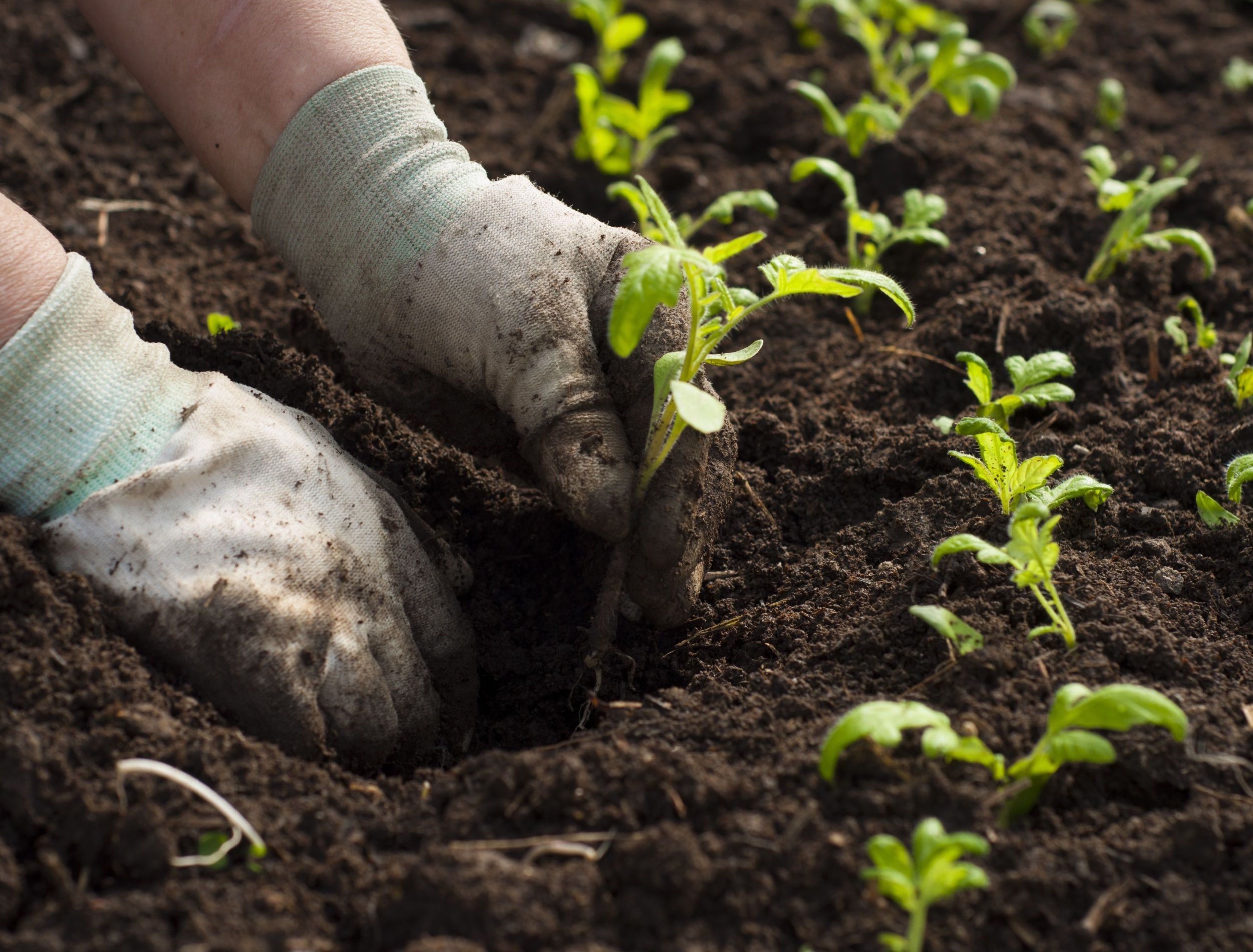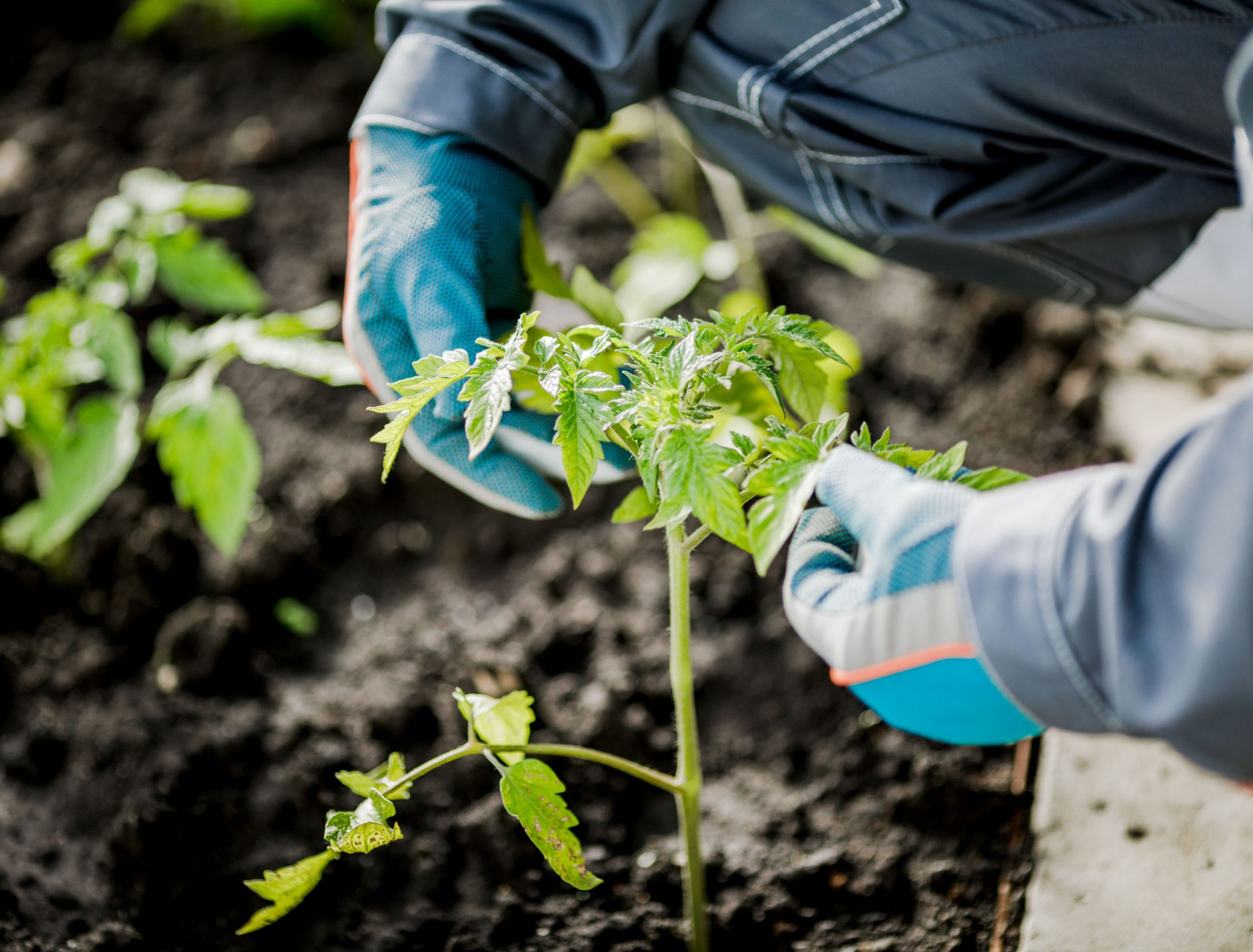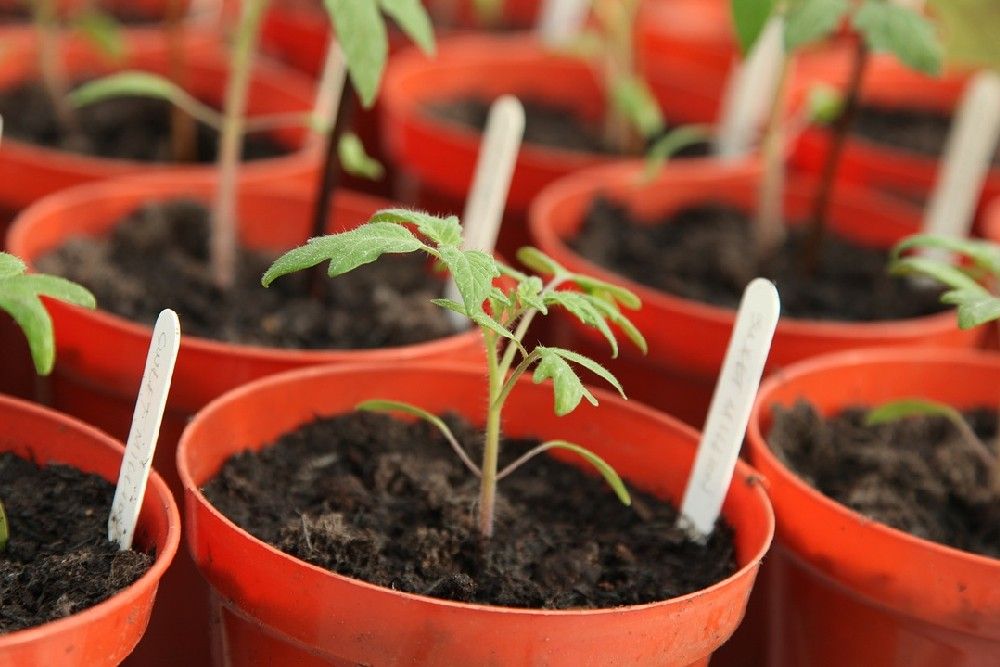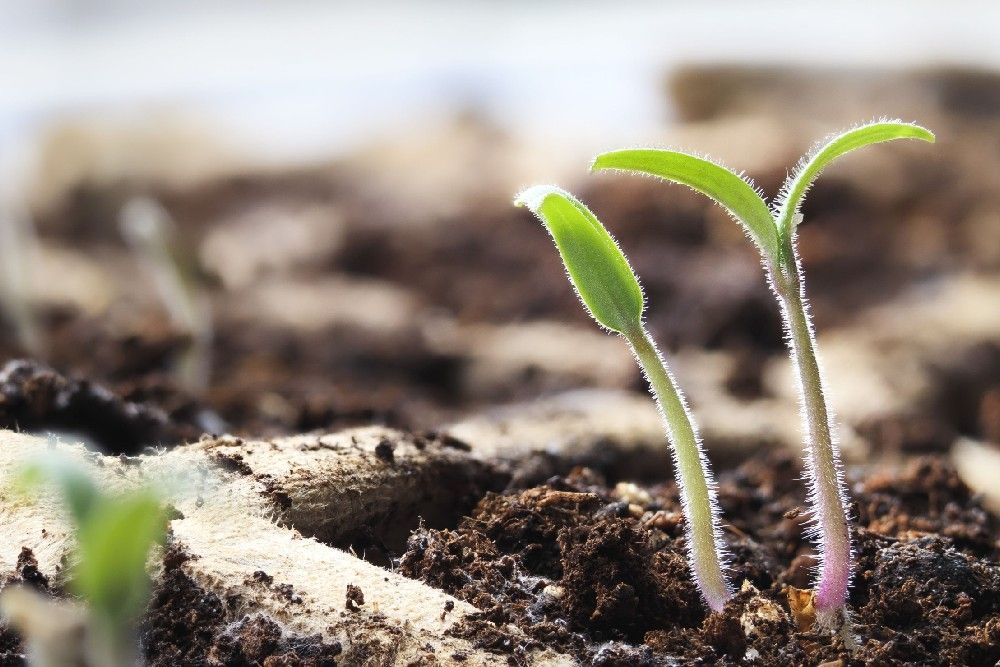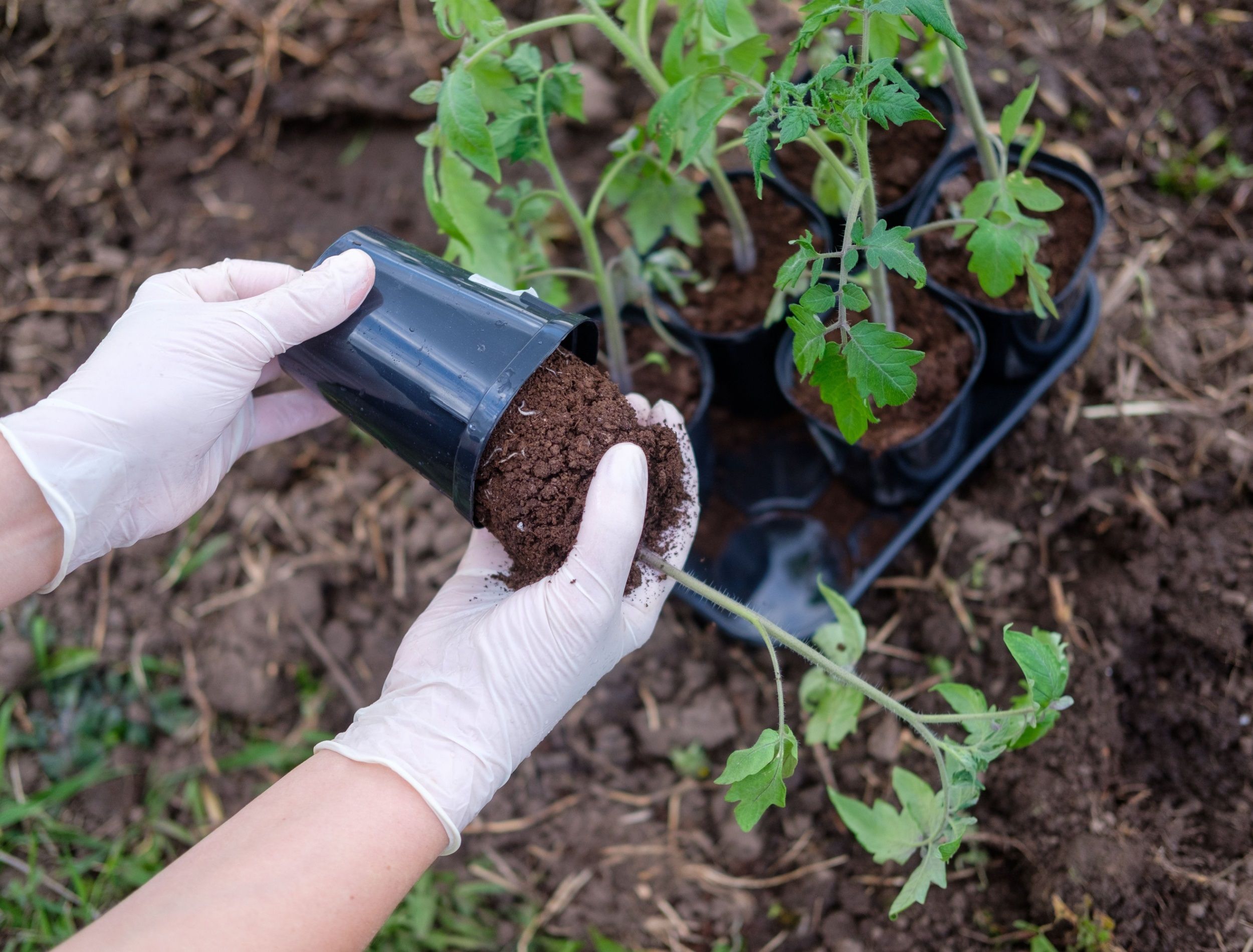Have you just sowed your tomatoes and now find yourself wondering if it's time to transplant the seedlings? Tomato plants take time to develop their roots and love warm weather. So, getting the timing right when transplanting is key to giving tomatoes the best chance of thriving.
How long each phase takes, how often do you need to water, and when is the optimal time for planting out into a larger pot or garden soil? Discover an overview of the ideal methods to jump-start your growing season. With careful planning and consideration of these few tips, you should have delicious tomatoes before long!
When Should You Transplant Tomato Seedlings
Image credits: Fuss Sergey via Shutterstock
The key to maximizing your tomato harvest is understanding when to transplant them outdoors. And the ideal time to transplant tomato seedlings depends on several factors: the last expected frost date in your area, soil temperature, and nighttime temperatures. Generally speaking, wait four to six weeks after you start growing indoors before attempting to transplant outdoors. Doing so ensures your plants have enough time to grow strong and healthy roots.
For optimal results, ensure the soil temperature is between 65 to 70 degrees Fahrenheit and the nighttime temperature is above 60 degrees. While last frost dates are an estimate, they provide an idea of the best time to transplant in your region. However, always pay attention as these dates change each season.
How to Transplant Tomato Seedlings
Transplanting your tomato seedlings properly helps ensure your plants get off to a healthy start, resulting in bigger harvests and tastier fruits. With the proper knowledge and technique, you'll be ready to transplant your tomato seedlings like a pro!
Hardening Off
Image credits: jag2020 via Pixabay
Hardening off is one of the most significant steps in successfully transplanting tomato seedlings. Tomatoes don't take well to cold soil temperatures, so start hardening off about two weeks before planting them outside.
Begin by taking the seedlings outside on a warm, cloudy day and allowing them to stay out in the elements for an hour. Then bring them back inside and repeat the process the next day with two hours of exposure, gradually increasing their time outside each day. The goal is to slowly acclimate them to outdoor light and temperature conditions until they can handle full exposure without damage or shock.
While hardening off your tomato seedlings, keep them sheltered from strong winds and direct sunlight, especially during hot days. Water your plants regularly throughout this process, so your tomato seedlings remain healthy and ready for transplanting. When done correctly, hardening off gives your tomato plants a greater opportunity for success.
Transplanting
Image credits: sophiecatvia Shutterstock
Once your tomato seedlings are hardy enough, transplant them into garden beds or containers outdoors.
Start by choosing the sunniest site for planting your tomatoes. Next, make a hole in the soil twice or three times the size of the pot where it currently lives. Add some compost into the hole and water it. Let the excess water drain thoroughly before adding more water, and then let it drain again. Doing so ensures that you have moist soil to work with when transplanting your seedling.
Gently ease your tomato plant out of its pot and lower it into the new hole, ensuring you don't break any roots along the way. Once it's in place, backfill gently around it. Add a plant tag and water thoroughly to settle your tomato seedling into its new home.
Alternatively, you can transplant your seedlings sideways!
Water deeply once a week (about an inch of water weekly). Doing so encourages vigorous root growth.
Time of Day
Image credits: Alexey Androsov via Shutterstock
Additionally, the time of day you choose to transplant has an impact on their success.
The mornings or evenings are usually ideal times for transplanting because the temperatures are cooler, and the sun won't be as hot. Planting at these times helps ensure your plants have time to adjust without facing much heat stress. Plus, they can get acclimated to their new home before they're exposed to the full elements of nature.
The earlier in the morning you can transplant is usually best. There is less evaporation and wilting during this time of day. If you wait until the afternoon, you may inadvertently harm your plants.
Get Ready for Some Tomato Lovin'
Transplanting your tomato seedlings takes a bit of effort, but the reward is worth it! Spend some time preparing for their transplant, and ensure that the danger of frost is gone and temperatures are warm enough for proper growth. With special care, you can watch green tomatoes slowly ripen as the days draw on. Take delight in harvesting sweet, fragrant tomatoes straight from your own garden!
Going through such an experience adds so much joy to summer traditions -- all you need to do is get started with the basics!
Comment below if you have further questions or insights about transplanting tomatoes. Share with your family and friends who may also love this opportunity to create something beautiful.

